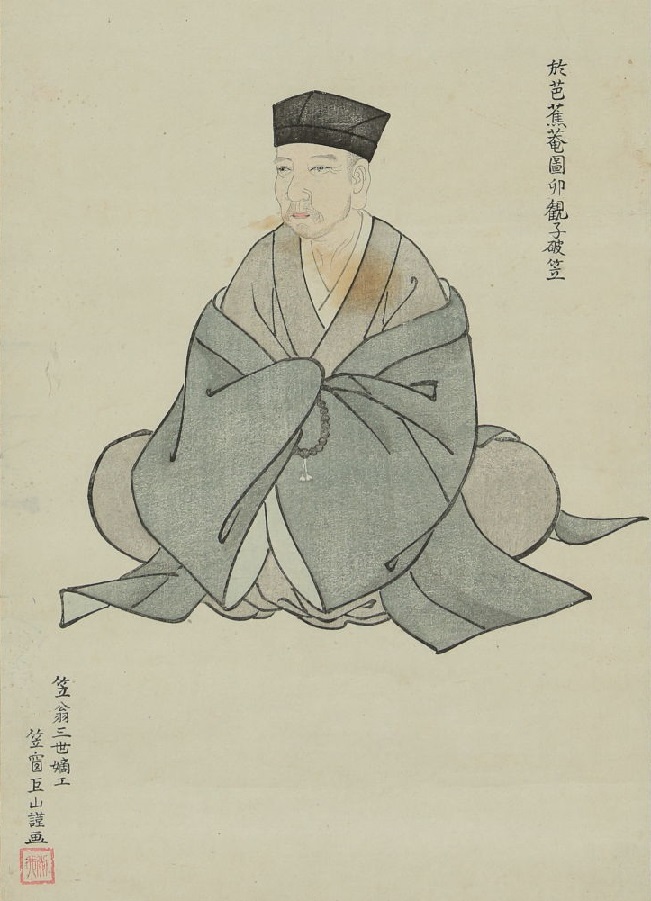

This can be interpreted as viewing life as a journey, which is why it is a home, one as to travel through life, and it is a natural part of living that one has to complete each day. Basho explains it in the following manner – “each day is a journey, and the journey itself is home” (15). New York: Weatherhill, 1983.A journey is an essential theme in Basho’s poetry because it serves as an important symbol, a way of depicting his understanding of life. Satō, Hiroaki One Hundred Frogs: From Renga to Haiku in English. Anthologies, including haiku originally written in English: Modern Japanese Haiku: An Anthology Toronto: University of Toronto Press, 1966. Berkeley, California: University of California Press, 1972. Stanford: Stanford University Press, 1998.

The Path of Flowering Thorn: The Life and Poetry of Yosa Buson. Stanford: Stanford University Press, 1991. Bashō and His Interpreters: Selected Hokku with Commentary. Traces of Dreams: Landscape, Cultural Memory, and the Poetry of Bashō. Back Roads to Far Towns: Bashō's Oku no Hosomichi. New York: Penguin Books, 1966.Ĭorman, Cid and Kamaike Susumu(trans.). The Narrow Road to the Deep North and Other Travel Sketches. Bashō's text, however, while not neglecting these aspects of his trip altogether, makes the trip a journey into the self, taking the opportunity to remove himself from his ordinary life in order to meditate on the higher realities of things, and even to attempt to reach a state of enlightenment by putting his art at the service of the Buddhist-influenced spiritual traditions of which he felt himself a part. Sora carefully recounted the events of each day and explained one of Bashō's actual purposes in making trip, that of spreading the art of haiku into the hinterlands, and, of course, finding a way to support himself by serving as a teacher and an occasional judge for local poetry contests. When Sora's own diary of the trip was discovered in 1943, the differences were immediately apparent. This poetic journal, which purports to be an account of Bashō's travels in the northern parts of Japan, was based on notes taken by the poet during his trip which he undertook in 1689, but they were heavily reworked over a number of years, so as to move the journey from a literal account of the facts to a whole new level of spiritual insight.ĭuring the trip, Bashō was accompanied by one of his most gifted disciples, Kawai Sora (1649-1710). Never published during his lifetime, this travel journal has become on the true classics of Japanese literature, and, through a number of translations, is widely known and appreciated around the world. The feelings, that sense of unarticulated potential, are what give haiku its special vibrancy and life.įor many lovers of haiku, Bashō's The Narrow Road to the Deep North is his most moving and accomplished achievement. This kind of skill is quite different from the kind of intellectual knowledge need to read, say, the poetry of Wordsworth or T. In that sense, reading haiku requires a highly developed level of intuition on the part of the reader. To make such a poem succeed, however, it is the reader who must connect the two. A sharp noise thus creates a sense of its opposite, absolute quietness. The first is the word for "silence," or "stillness." The second is a sound: the cry of the cicadas. The reader is presented with two parts to the poem. Here, for example, is a famous poem of Bashō included in what is probably his most famous work, The Narrow Road to the Deep North (Oku no hosomichi). Remarkably, each image is often defined in terms of the other. The creative reader can learn to put them together.

A good haiku often juxtaposes two statements or images. Thirdly, haiku depends on the creative power of the reader, who must learn to bridge the gap between the images and the deeper meaning that lies behind them. The poet who can take advantage of these characteristics can pack in a great deal of meaning in a short space. Many words used in Japanese poetry have multiple meanings and poetic resonances developed in a thousand-odd years of use. A second strategy for giving depth to such brief poems is to take advantage of the nature of the Japanese language itself. In brief, what you choose to feel and express shows in your poetry who you are.


 0 kommentar(er)
0 kommentar(er)
